 Nature knows how to surprise.
Nature knows how to surprise.
The only way of understanding the world is through our senses. Therefore, the senses are the basis for understanding what is happening around us. It is considered that we have five senses, but in reality there are at least nine, maybe more, depending on what we mean by the word “feeling”.
But, anyway, the world of animals in this respect, is ready to confound any of us. Some animals possess abilities that are inherent in people, but in animals they are much more developed, in connection with what we perceive around us reality is completely different.
1. E-the beak

First description of the platypus – a mammal with a duck beak, which incubates the eggs was seen as a joke. What’s the point of the ridiculous duck beak?
The platypus feeds on small invertebrates living on the bottom of rivers and lakes. When he dives, his eyes, nostrils and ears completely covered, so no water enters. The beak of a platypus is literally stuffed with sensors able to detect even the weakest electric field arising from the movement of living organisms.
Along with the trapping electric fields, the beak of a platypus are also very sensitive to disturbances that occur in the water column. These two feelings — electroreceptive and mechanoreceptive allow the platypus to identify the location of their victims with remarkable accuracy.
2. Echolocation

Bats are traditionally considered blind compared to normal animals. If the eyes of a bat are much smaller than other predators, and they aren’t as sharp, it is only because these mammals have developed the ability to hunt using sound.
The echolocation of bats is the ability to use high-frequency sound pulses and in the ability to detect the reflection by which they estimate the distance and direction to surrounding objects. Thus, calculating the speed of insects, they assess their prey not only by time spent on the passage of the pulse back and forth, but also take into account the Doppler effect.
Being nocturnal creatures and hunt mostly for small insects, bats need abilities that are not dependent on light. People have a weak rudimentary form of this sense (we can understand from which side came the sound), but some individuals develop this ability in real echolocation.
3. Infrared vision
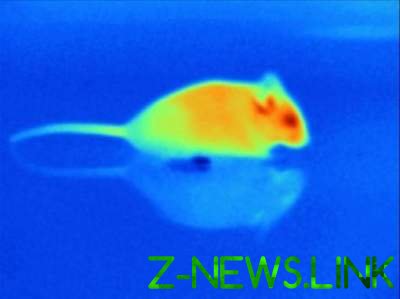
When the police chases of criminals, or the rescue workers looking for people under the rubble, they often resort to devices with an infrared image. A significant portion of the thermal radiation of objects at room temperature is shown in the infrared spectrum that can be used for the estimation of surrounding objects based on their temperature.
Some types of snakes, preying on warm-blooded animals, have on head special grooves that capture infrared radiation. Even after blinding the snake may continue accurately to hunt, using his infrared vision. It is noteworthy that at the molecular level, infrared vision snakes are absolutely not connected with the ordinary vision of the visible spectrum, and should be developed separately.
4. Ultraviolet

Many people would agree that plants are beautiful. However, while for us plants just decoration, they are vital not only to ourselves, but to insects that eat them. Flowers that are pollinated by insects, “interested” in how to attract these insects and to help them find the right path. For bees appearance of a flower can mean much more than able to see the human eye.
So, if you look at the flower in the ultraviolet spectrum, we can see hidden patterns, designed in order to tell the bees in the right direction.
Bees see the world not as we. Unlike us, they are several spectra of visible light (blue and green), and have a special group of cells to capture ultraviolet light. A Professor of botany once said: “Plants use colors as whore lipstick when they want to attract the customer”.
5. Magnetism
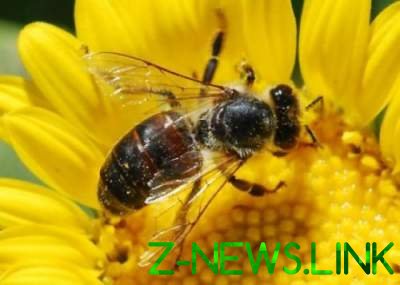
Bees also possess a second sensory trick hidden in their furry little sleeves. For bees to find the hive at the end of a whole day of nonstop flights is a matter of life and death. For the hive, in turn, it is very important that the bee remember where the source of food and could find the road to it. But, despite the fact that bees can do a lot, they can hardly be described as incredibly gifted mental abilities.
For navigation they must use a large amount of different information, including the sources of hidden in your own abdominal cavity. The smallest ring of magnetic particles, magnetic granules of iron, hidden in a bee’s stomach, to allow her to navigate in the Earth’s magnetic field and determine its location.
6. Polarization
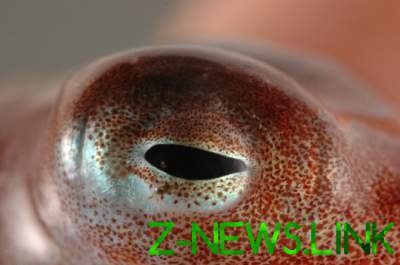
When the vibrations of light waves occur in one direction, this is called polarization. People can’t detect the polarization of light without the aid of special equipment, because the light-sensitive cells in our eyes are placed randomly (unevenly). Octopus these cells are ordered. And smoother than located cell, the brighter the light polarization.
How this allows the octopus to hunt? One of the best forms of disguise – to be transparent, and a huge amount of marine life is almost invisible. However, under the water column the polarization of light, and some octopuses use it. When such light passes through the transparent body of the animal, its polarization changes, the octopus notices this and grabs the prey.
7. Sensitive armour
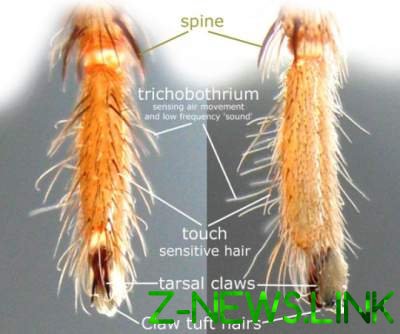
People have the ability to feel the skin, because over its entire surface located sensory cells. If you wear a protective suit, you will lose a lot of sensitivity. This can deliver you a lot of inconvenience, but for a hunting spider it would be a disaster.
Puck, like other arthropods, have a durable exoskeleton that protects their body. But in this case they feel it, it touches how to walk without feeling feet of the surface? The fact that their exoskeleton has tiny holes, the deformation of which allows determining exerted on the shell strength and pressure. This gives the spiders the opportunity to experience the world around them as much as possible.
8. Taste sensations
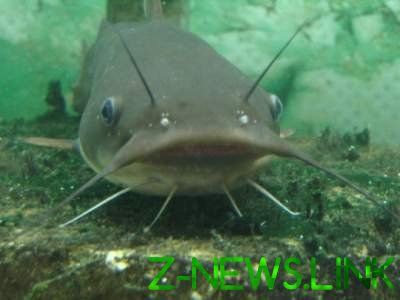
In most communities it is customary to keep the mouth shut. Unfortunately for soma, that is not possible, because all his body, in fact, is a solid language, covered the taste sensitive cells. More than 175 thousand of these cells allows you to experience the entire spectrum passing through them flavors.
The ability to perceive the subtle nuances of flavor gives these fish the ability to not only sense the presence of prey at a considerable distance, but also to pinpoint her location, and it all happens in very turbid water, a typical habitat for catfish.
9. Blind light
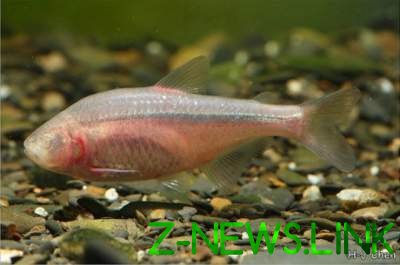
Many organisms evolved in a dark environment, have only a vestigial, residual bodies, or even completely lack eyes. In any pitch black cave from seeing no use.
Cave fish “Astyanax mexicanus” has completely lost its eyes, but instead nature gave her the opportunity to catch even the weakest changes in the lighting that can be rocky under layer. This ability allows the fish to hide from predators, such as the pineal gland detects light (and at the same time is responsible for the feeling of the shift of day and night).
These fish have a translucent body, so that the light freely passes exactly through the pineal gland that helps them to find shelter.
10. Dot matrix vision
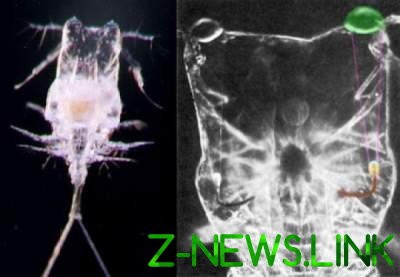
In nature we can find an amazing variety of shapes and types of eyes. Most of them consist of a single lens which focuses light on the light-sensitive cells (the retina), which project the image of the world around us. To properly focus the image the lens can change shape as a person, to move forward and backward, like the octopus, and use a huge number of other ways.
For example, the representative species of crustaceans “Copilia quadrata” is an unusual method for displaying the surrounding world. This crustacean uses two fixed lenses and a movable light-sensitive spot. Moving sensitive detector, Copilia builds perceives the image as a series of numbered points, each of which is located on its place, depending on the light intensity.
© 2017 – 2019, paradox. All rights reserved.





